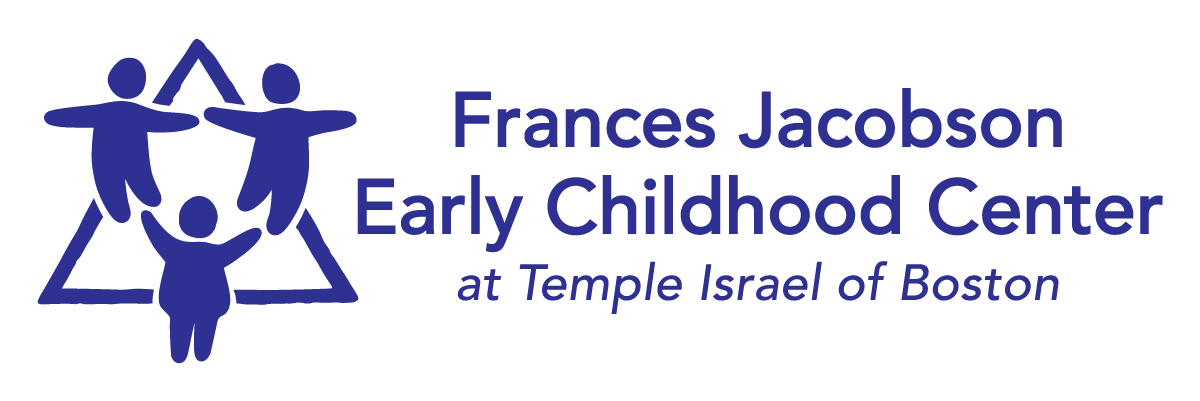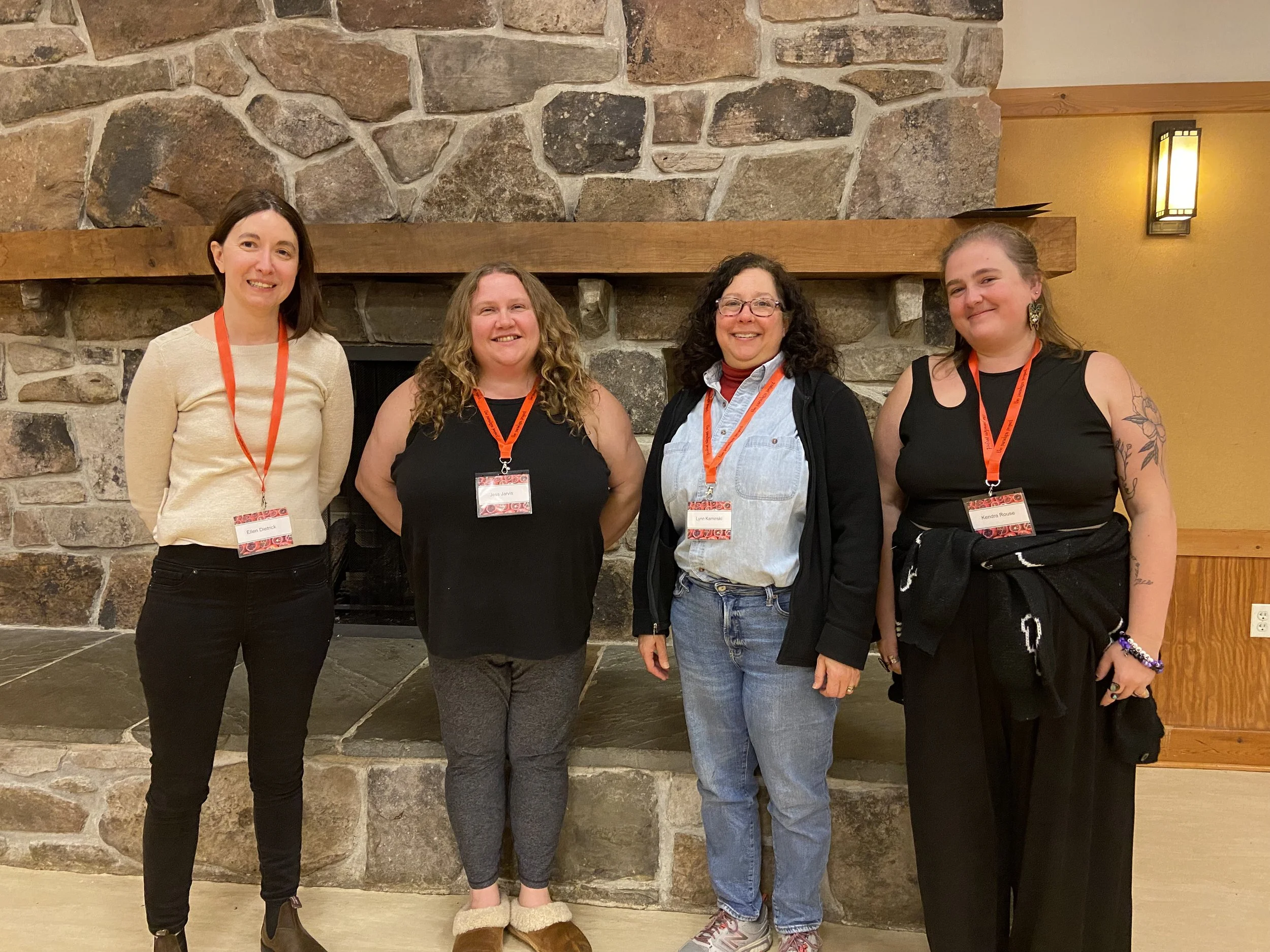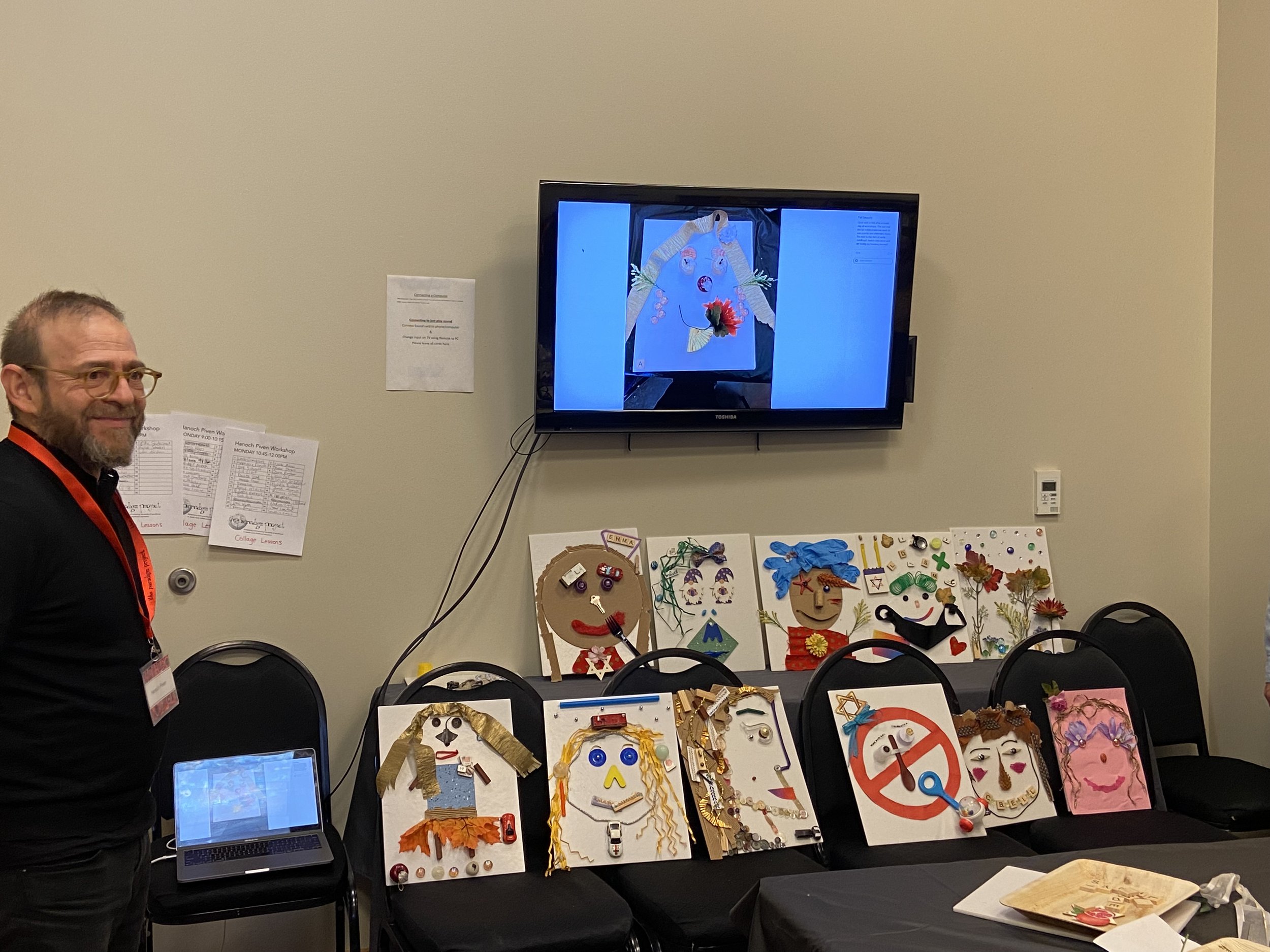Paradigm Project 2023
/Dear FJECC Families,
Most of you know (and love!) Jess Jarvis -- former Green Room teacher and current FJECC Director of Teaching and Learning. Jess came back from the Paradigm Project conference last week (it’s the BEST for Jewish early childhood professionals) and when I asked for a quick take-away she said, “Ah! I have a question: what do we hang our hat on and how do we show it?”
Such a good question! I love questions. So we chatted for a bit. What is our jam at FJECC? What do we do best and what is the juice that fuels us and the truth that we work toward? What is the single driving force around which we build everything else?
This was a very quick although animated exchange and here is where we landed: FJECC hangs our hat on relationships and on quality teachers. Our mission is to nurture the love of learning for each child in a way that allows each child to thrive, to grow, to take risks, to explore with confidence and joy, and the ability to ask for help when needed. All learning happens in the context of relationships and this is as true for educators and for parents as it is for children.
And how do we show what we hang our hat on?
If you’ve been to Shabbat Sing this year, you will have noticed that when we invite the week’s Shabbat helpers down to the front we now have each child be a Shabbat light (instead of a challah). One of the reasons we made this change is because we believe each child is a light and our work is to help that light shine in the best way it can - whether bright and bold, warm and loving, sharp and focused, and/or fast and twinkly. One simple illustration of how we try to make sure the what and the how of our work aligns with the why.
We will be thinking about light again as Chanukah, the Jewish Festival of Light, begins on Thursday, December 7. We introduce Chanukah into the classrooms by telling the story of this holiday - the destruction of the Temple, the battle that the Maccabees fought to regain access to the Temple, and the miracle of the oil that lasted long enough for the Israelites to make more. As we tell the story, I have asked our staff to think about light and to ask ourselves and the children a question: how will you bring light to your classroom, to the school, to others? What does it mean to be a light for others? What will the light of others offer you? (Ok, that’s three questions).
Surely if there was ever a time when we needed to look for light around us, it is now. We will literally bring light to the classrooms to explore and to investigate. We will also, I know, discover ways to be light. I’m eager to see how these questions unfold, to see what the children shine their light upon, and to see how doing this work together teaches us all.
Shalom,
Amy
Massachusetts Attendees, l-r
Ellen DIetrick, jess Jarvis, lynn kaminski, Kendra rouse
Hanoch Piven





